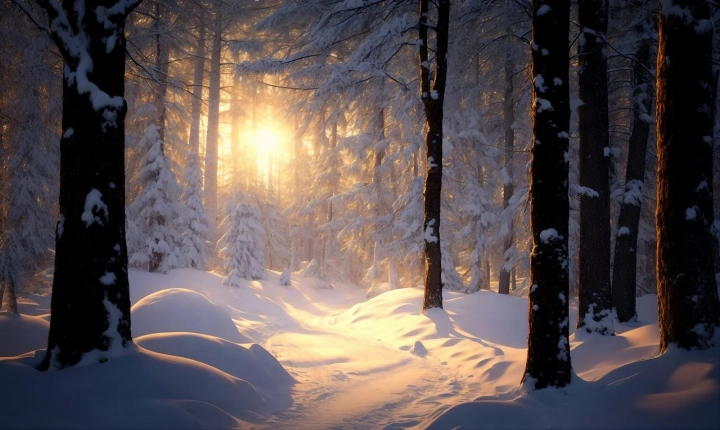Title: Harnessing the Power of AI: Making Pictures with Artificial Intelligence
In recent years, artificial intelligence (AI) has made significant strides in the realm of visual arts, revolutionizing the way we create, edit, and enhance images. From generating realistic portraits to providing automated photo editing tools, AI has opened up a plethora of possibilities for both professional and amateur artists alike.
Creating pictures using AI involves harnessing the power of machine learning algorithms, which have been trained on vast datasets of images to understand and emulate artistic styles, compositions, and visual features. The following article explores how AI can be utilized to make pictures and the various tools and techniques that are available for artists and creators.
Generative Adversarial Networks (GANs) have emerged as a groundbreaking AI technology for generating images from scratch. GANs consist of two neural networks—the generator and the discriminator—working in tandem to create and evaluate images. By training on large datasets, GANs are capable of producing highly realistic and diverse images, ranging from landscapes and portraits to abstract art.
One prominent example of AI-powered image generation is the creation of “deepfakes,” where AI is used to convincingly alter videos or images by superimposing someone’s face onto another person’s body. While this technology has raised ethical concerns, it also demonstrates the incredible potential of AI in manipulating visual content.
Another application of AI in image creation is style transfer, where AI algorithms can apply the style of one image to another, seamlessly blending them together. Style transfer techniques, often based on convolutional neural networks, allow artists to transform ordinary photographs into stunning works of art, emulating the distinctive brushstrokes and textures of renowned painters or artistic styles.
Furthermore, AI has revolutionized the process of photo editing and enhancement. With the advent of AI-powered photo editing software, such as Adobe’s Photoshop and Lightroom, users can now leverage AI algorithms to automatically retouch and improve their images, from color correction and object removal to enhancing details and adding artistic effects. These tools enable creators to streamline their workflow and achieve professional-level results with minimal effort.
For those looking to create original artwork using AI, there are platforms and tools specifically designed to facilitate the process. One notable example is DeepArt, an online platform that utilizes AI algorithms to transform ordinary photographs into stunning digital paintings, allowing users to explore different artistic styles and interpretations.
Moreover, AI has expanded the possibilities for artists to collaborate with machines through interactive installations and performances. From AI-generated visual art displays to interactive installations that respond to the audience’s movements and emotions, the integration of AI technology has opened up new avenues for dynamic and immersive artistic experiences.
As AI continues to advance, it is crucial to consider the ethical implications and potential biases inherent in AI-generated images. The responsible and ethical use of AI in art and visual content creation requires understanding the implications of algorithmic decision-making and being mindful of the social and cultural context in which AI-generated images are created and displayed.
In conclusion, the integration of AI in creating pictures has transformed the landscape of visual arts, offering a range of tools and techniques for artists and creators to explore. Whether it’s generating original images, applying artistic styles, or enhancing photographs, AI has become an indispensable tool for visual expression and creativity. As AI technology continues to evolve, it holds the promise of further democratizing artistic creation and enabling new forms of visual storytelling.
